 With the Ramapo Mountains forming a rugged backdrop, the stretch of New York State Thruway between Exit 15A and Exit 16 is a pleasant, mostly straight and altogether unremarkable ribbon of highway, looking every bit the prototypical interstate designed to take drivers quickly and safely from city to city.
With the Ramapo Mountains forming a rugged backdrop, the stretch of New York State Thruway between Exit 15A and Exit 16 is a pleasant, mostly straight and altogether unremarkable ribbon of highway, looking every bit the prototypical interstate designed to take drivers quickly and safely from city to city.
But recently, it has become the Bermuda Triangle of the New York region’s highway network, an unlucky 13 miles that has claimed 25 lives in the past decade, the last three in March, a disproportionately high number. Yet after considerable hand-wringing and analysis, state troopers and transportation officials cannot seem to find anything wrong with the roadway.
“They are basically flukes,” said Sgt. James A. Whittel of the New York State Police, referring to the long string of deadly crashes. “It’s usually that the driver did something bizarre that causes the accident.”
In one accident, on March 17, 2006, the driver of a minivan stopped in the middle of the right traffic lane, not on the shoulder, to check a tire. A tractor-trailer slammed into the van, killing four people, three of them minors. It was the third of four crashes between Feb. 7, 2006, and June 18, 2006, that killed 10 people.
By comparison, through all of 2006, there were 47 fatalities along the entire length of the 641-mile Thruway, which is the longest toll road in the United States.
The perilous section of Thruway runs between Exit 15A in the town of Ramapo and Exit 16 in the town of Woodbury. It cuts right through Sloatsburg, a quiet village 36 miles northwest of New York City, where Rockland County rubs shoulders with Orange County and where local officials have puzzled over the mounting casualties.
“You begin to speculate,” said Carl S. Wright, Sloatsburg’s mayor. “It is a flat stretch, and people go faster. We have more cars on the Thruway than we’ve ever had, and we have much more truck traffic. The trucks are bigger. We’re all concerned.”
Some residents of the area find themselves taking local roads instead, even if it means a longer trip. Imelda Spangler, a retired teacher’s aide from nearby Tuxedo Park, said she ventured between the two exits only with her daughter or sister behind the wheel. “Every time I come with my daughter, I hold my breath,” she said. “It’s spooky.”
After last year’s deaths, a group of Thruway employees with experience in highway engineering and traffic safety examined the stretch, reviewing the accident sites and looking for deficiencies in the roadway.
Sarah Kampf, a spokeswoman for the New York State Thruway Authority, said, “The team did not find anything wrong with the highway itself, and had no reason to suspect that there’s anything about this section of roadway that would account for what seems like an unusual number of accidents.”
She said that the Thruway as a whole had a relatively low fatality rate, which is the number of deaths per miles traveled. In 2005, for example, the fatality rate on the Thruway was 0.28 deaths per 100 million miles driven, compared with the national highway fatality rate that year of 1.47. “The authority is continually recognized as maintaining and operating one of the safest highways in the nation,” she said.
Still, the Thruway Authority decided to take another look at the stretch after the most recent deaths, in mid-March, when three people died in two accidents 50 hours apart. This time, the authority enlisted the help of the Federal Highway Administration, the state’s Department of Transportation and the Division of State Police. The findings are now being compiled, Ms. Kampf said.
In the first accident, on March 13, a tractor-trailer pulled onto a northbound shoulder at about 2:30 a.m. Another tractor-trailer hit the rear of the truck, and both drivers were killed, Sergeant Whittel said.
Two days later, about an hour before dawn, a Monticello man who may have dozed off at the wheel died after ramming the back of a tractor-trailer stopped on a southbound shoulder, Sergeant Whittel said.
Even though the most recent fatal wrecks involved parked tractor-trailers, Sergeant Whittel warned against a crackdown. “The last thing you want to do is have a crusade to stop drivers of tractor-trailers from pulling over on the side of the road,” he said. “There could be legitimate reasons for it, like they’re falling asleep. That’s a good thing for them to pull over when they’re tired.”
Since June 2006, Capt. Marty Hansen of the state police, whose zone includes part of the 13-mile stretch, has dispatched extra patrol cars between Exits 15A and 16. “We concentrate our speed enforcement down in that area more than any other zone, just to get more visibility,” he said. But, he added, “none of those accidents” since February 2006 can be attributed to “unsafe speeds.”
Sergeant Whittel does have one theory that could explain why so many vehicles stop on that portion of the highway. South of Exit 15A, the exits are bunched close together, keeping drivers alert and providing opportunities to get off. “You just came from a stretch where you had exits every few miles,” he said. “Once you get to Exit 15A, there’s no place to pull over.”
North of Exit 16, as the landscape turns more rural, the exits are even more spread out. But the drive also becomes far less stressful, Sergeant Whittel said, because of a drop in traffic volume and the Thruway’s shift from six lanes to four.
Despite his careful consideration of what factors may distinguish that particular section of Thruway, Sergeant Whittel ultimately drew a simpler conclusion. “It’s bad luck,” he said. “It’s hard to avoid that.”
(Printed in the NY Times)

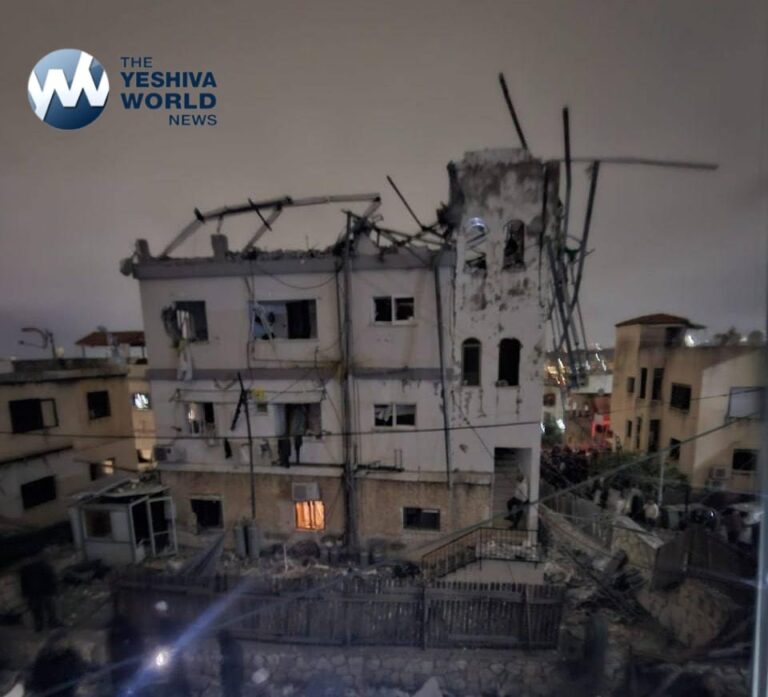

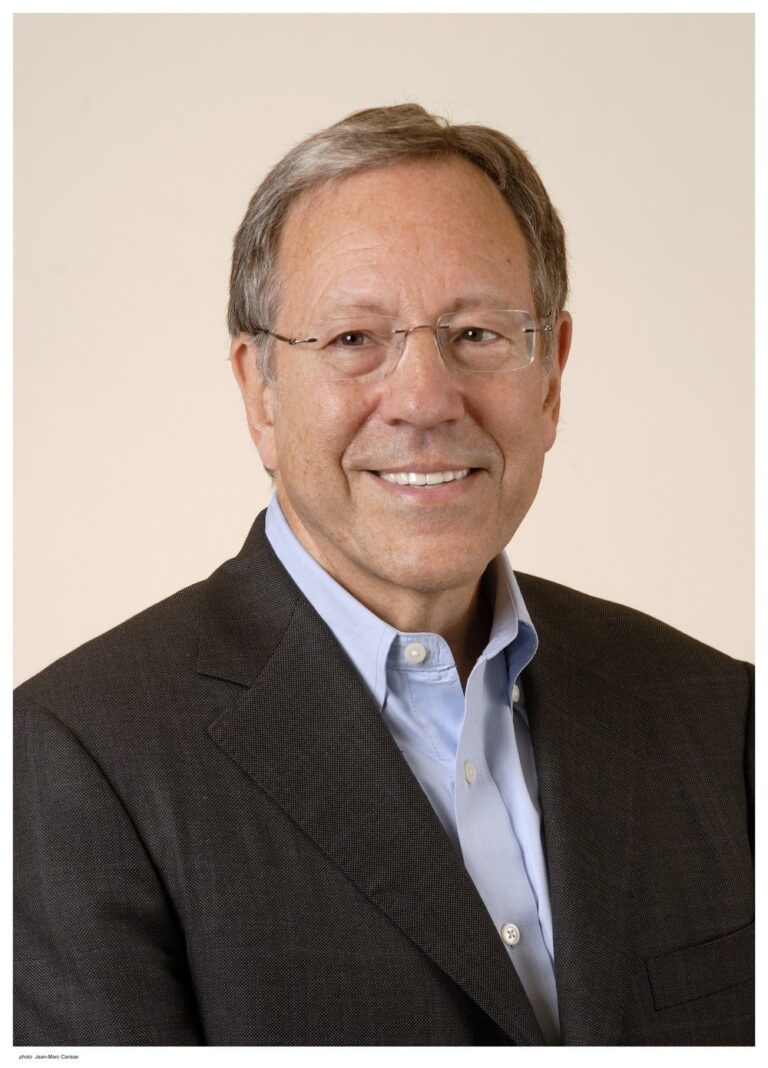

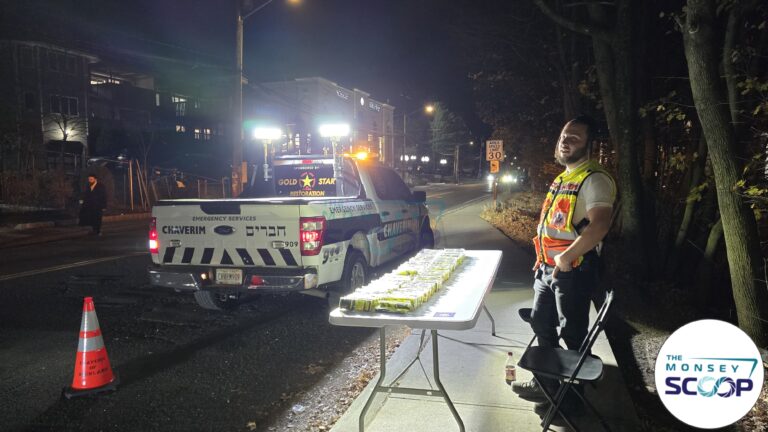
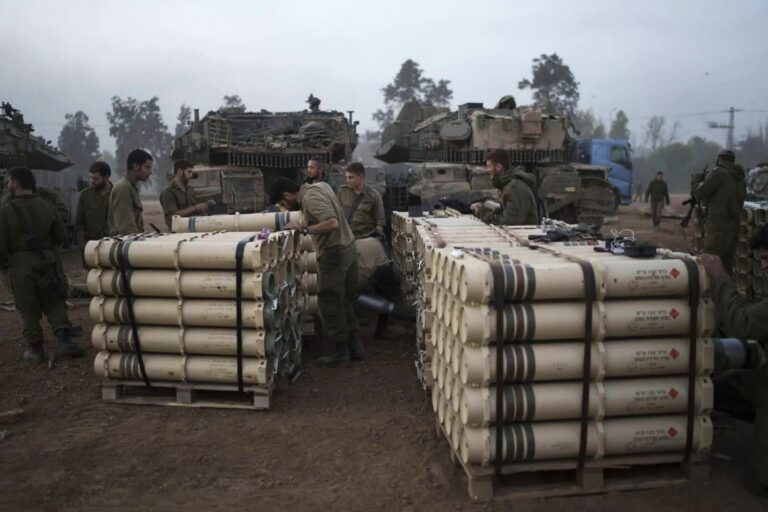
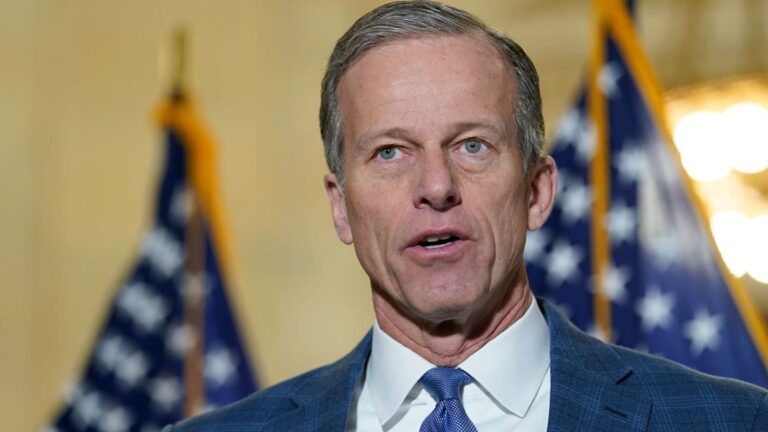

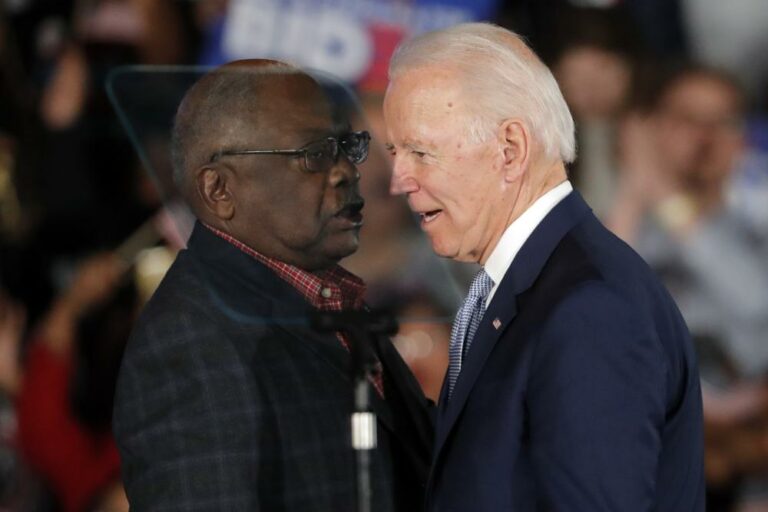

5 Responses
What they didnt note was whether the accidents happen more northbound or southbound. If its southbound, a possible answer could be b/c of the additional traffic between 16 and 15 that people coming from the north or via 17 are not “used” to. If its northbound, I can’t come up with anything for now.
I was wondering what others think.
I like the theory that there’s no place to pull over because the exits are so far apart. There ought to be a rule that every x miles there should be either an exit or a place to safely pull over into.
Seargent Whittel’s observation, 3rd paragraph from the end seems to indicate that the problem is more on the Northbound side.
“We concentrate our speed enforcement down in that area more than any other zone, just to get more visibility,” he said. But, he added, “none of those accidents” since February 2006 can be attributed to “unsafe speeds.”
Am I missing something? If speed has nothing to do with the accidents, why are they concentrating on speed enforcement ?
Maybe concentrate on yellow cars? Or Skinny drivers ? Or people traveling while eating gefilte fish ? It sounds so retarted !!
Take the Palisdades to the Route 6 and the Quickway as an alternative, for less traffic